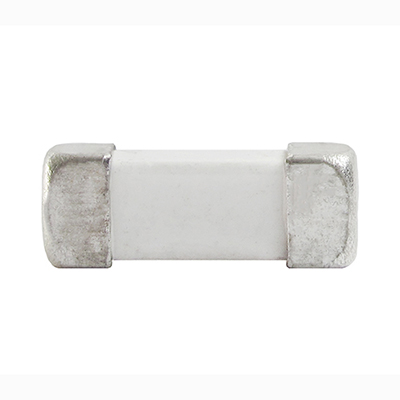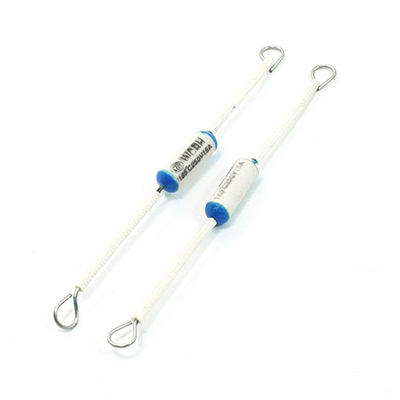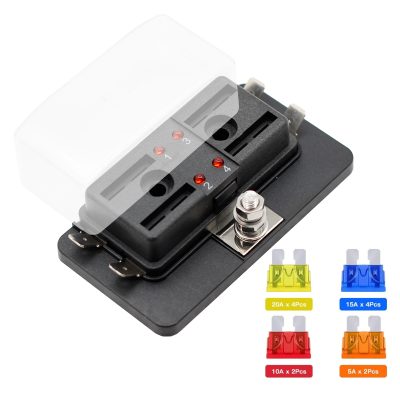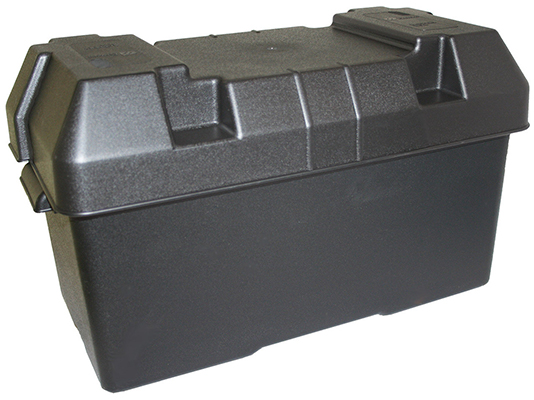High-Performance Automotive Current Fuses That Ensure Compatibility with a Broad Spectrum of Vehicle Models from Various Manufacturers
News 2025-10-24
Automotive current fuses are critical safety components in vehicle electrical systems, designed to interrupt current flow during overloads or short circuits. This protection prevents damage to wiring, batteries, and other electronics, enhancing overall vehicle reliability. With compatibility spanning most models from brands like Ford, Toyota, and BMW, these fuses simplify repairs and upgrades by reducing the need for specialized parts. Their universal design makes them ideal for both professional mechanics and DIY enthusiasts, ensuring seamless integration across different vehicle types and ages.

Performance Advantages
These fuses offer superior performance through fast-acting response times that minimize damage during faults, with precise current ratings for accurate protection. Constructed from high-quality materials, they resist corrosion and high temperatures, ensuring longevity in harsh automotive environments. Their broad compatibility stems from standardized sizes and connectors, allowing easy replacement without custom fittings, which enhances efficiency and cost-effectiveness in maintenance routines.
Application Scenarios
In practical use, these fuses protect various circuits in automobiles, such as lighting systems, engine controls, and audio equipment. For instance, in modern electric vehicles, they safeguard high-voltage components against surges, while in traditional combustion engines, they prevent failures in ignition or fuel systems. This versatility supports applications in both passenger cars and commercial fleets, making them essential for routine upkeep and emergency repairs on the road.
Frequently Asked Questions
1. What are the common types of automotive current fuses?
They include blade, glass, and ceramic types, each suited for different voltage and current needs in vehicles.
2. How do these fuses improve vehicle safety?
By quickly breaking circuits during overloads, they reduce fire risks and protect sensitive electronics from damage.
3. Are they easy to install in most vehicles?
Yes, their standard designs allow for straightforward installation using basic tools, fitting into fuse boxes across many models.


